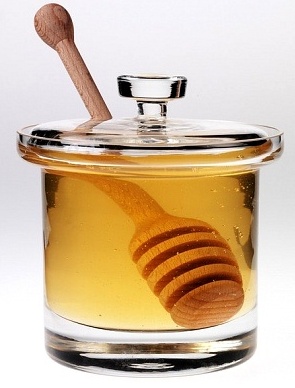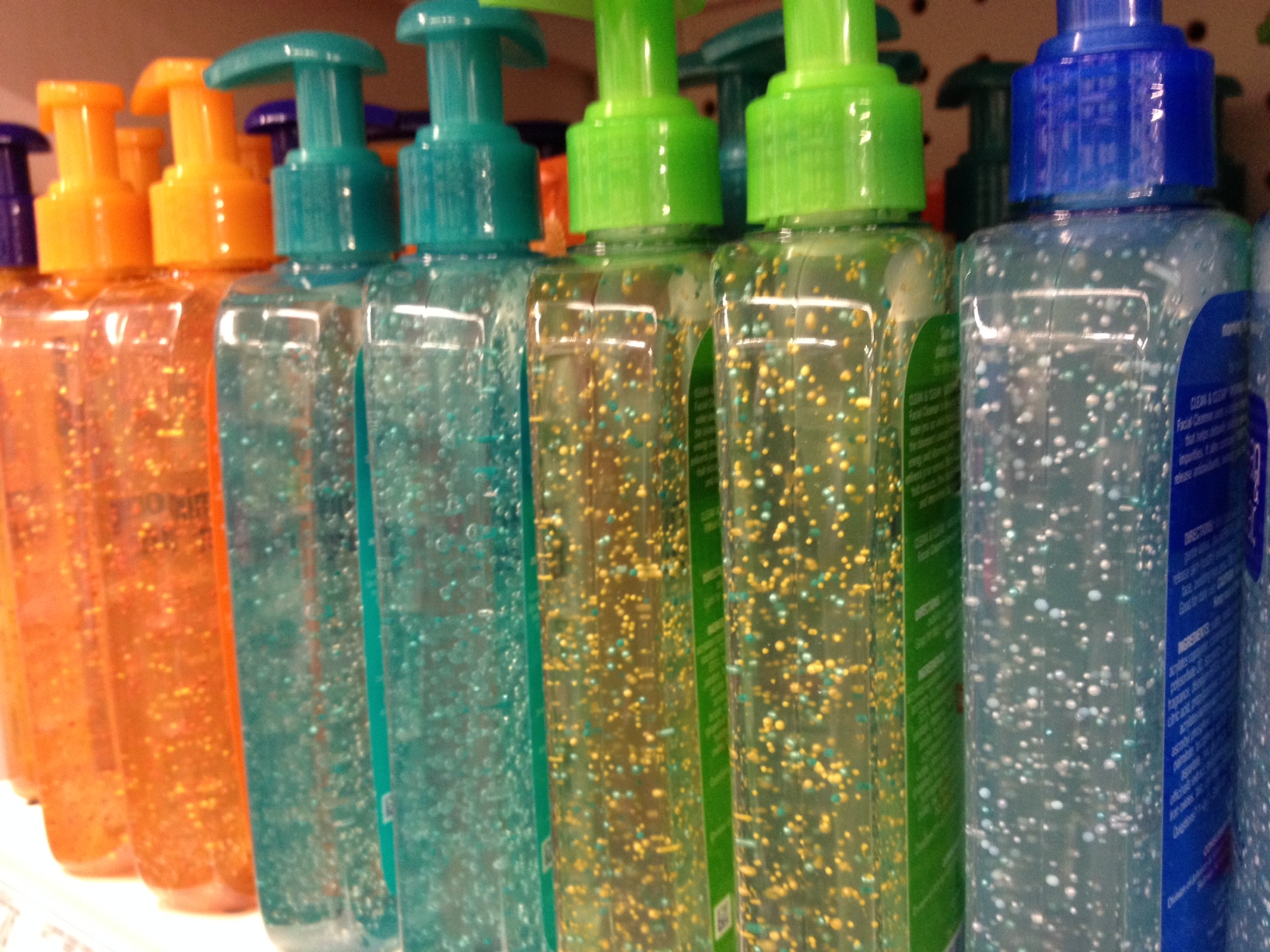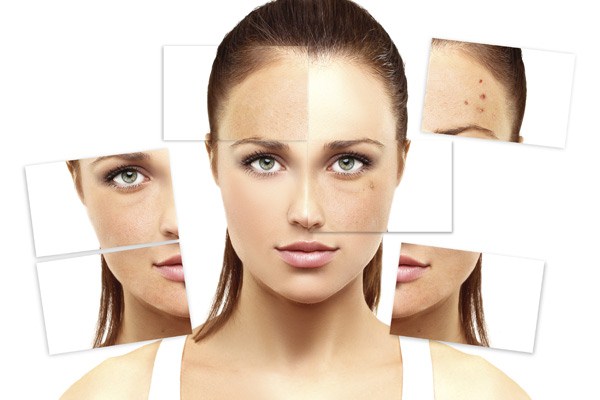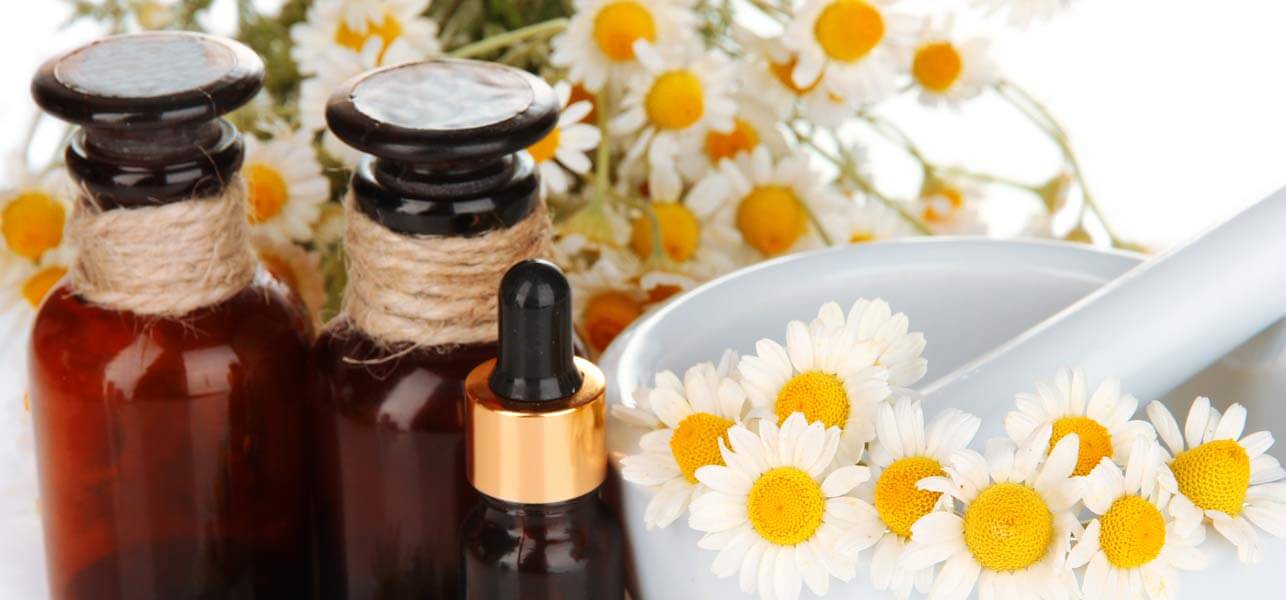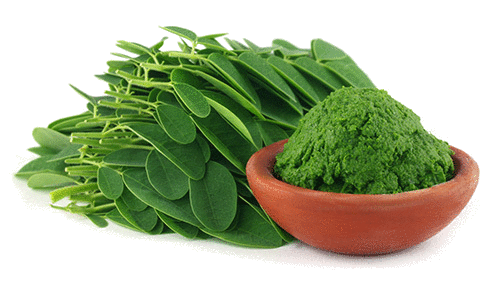 This tropical tree used in traditional medicine in South Asia and Africa is packed with nutritious benefits.
This tropical tree used in traditional medicine in South Asia and Africa is packed with nutritious benefits.What is it?
Moringa is a leafy shrub that's native to the tropics and sub-Himalayan areas o f Pakistan, Afghanistan, India and Bangladesh. Thanks to its long, dangly seed pods, which are eaten i n a similar way to green beans, it's also known as the 'Drumstick Tree'. In addition to the pods, its leaves, flowers, bark and roots are highly prized for their traditional healing properties, which are linked to treating anaemia, joint pain, diarrhoea and ulcers, as well as boosting libido!
However, most medical claims remain untested.
What is it good for?
The leaves and seed pods are extremely nutritious and are often added to the food supply i n countries where malnutrition is common; especially as it's cheap and easy to grow. Moringa provides iron, complete protein, calcium and magnesium, as well as vitamins A, E and K, while the seed pods are also r i ch i n fibre.
Studies show the leaves in particular have a high antioxidant capacity, protecting cells from damage caused by free radicals or ageing.
Fighting Infection
 Some antioxidant compounds i n moringa are great for fighting bacteria; indeed, it's often applied topically (by mixing the powder with water to make a paste) to treat conditions such as athlete's foot. A study in Pakistan grew four types of infectious bacteria, then added an extract of moringa bark to each; after which many of the bacteria were zapped. Most affected was Staphylococcus aureus, which a third of us carry in our noses, and is a common cause o f skin infections.
Some antioxidant compounds i n moringa are great for fighting bacteria; indeed, it's often applied topically (by mixing the powder with water to make a paste) to treat conditions such as athlete's foot. A study in Pakistan grew four types of infectious bacteria, then added an extract of moringa bark to each; after which many of the bacteria were zapped. Most affected was Staphylococcus aureus, which a third of us carry in our noses, and is a common cause o f skin infections.Preventing Cancer
It's thought the flavanoid and phenolic compounds in moringa's leaves and seeds could help protect against cancer. While clinical trials are needed to investigate this further, a South Korean study found moringa leaf extract killed off lung cancer cells, and South African research found i t prevented cancer cells in the throat
from growing by attacking their DNA structure.
Controlling Blood Sugar Levels
The use of moringa i n traditional medicine to combat diabetes could have some basis. A small study, published in the Thai Medical Journal, found that a daily four gram dose o f moringa increased insulin production by an impressive 74%. However, further and extensive studies are needed to support this finding.
How do I get it?
Unless you live i n the tropics and can nip out to your garden to pick a leaf or two, the best way to get moringa is in supplement form. Powders can be added to food, creating a pleasant green taste, and there are also capsules available. There's a lack of research into recommended dosage, so there isn't an official figure - but many medical websites suggest a dose of up to 4grams a day. However, avoid taking moringa if you are pregnant, as it has been linked to risk of miscarriage or harm to your baby's health.

In addition to being used for food and traditional medicine, various parts of the tree have numerous uses including being a source for fuel and lubricant for machinery.
The seeds of the moringa tree are pressed to produce pale-yellow non-drying oil. The oil is known as "ben oil" or "behen oil" because it has a high concentration of behenic acid, a fatty acid. Due to antioxidants that act as natural preservatives, it is a stable oil, resistant to rancidity, giving it a reported shelf life of five years. It is a nutrient dense, high in palmitoleic, oleic and linoleic acids, moisturizing fatty acids and vitamins A and C.
An Age Old Beauty Secret
In ancient Rome, Greece and Egypt it was used in making perfume and to protect the skin. The oil is still used for effleurage to extract flower fragrance and is used for hair oils because it absorbs and retains scents.
In Egypt it was used to make medicinal ointments and salves and to protect the skin from the desert environment. A daily skin treatment for wrinkles and sun damage combined gum of frankincense and ground Cyprus grass mixed with fermented plant juice. A venerated oil, vases of moringa oil were found inside ancient tombs.
Skin Care Benefits
Moringa oil is found in numerous cosmetics due to moisturising, cleansing and emollient properties. It’s used in shampoos and conditioners and other hair care products, lotions, body oils, lip balms, anti-ageing and wrinkle creams, face creams, soaps and body wash, perfume and deodorants. It’s used for aromatherapy and massage oils because it blends well with essential oils and is a good carrier oil.
Moringa oil absorbs easily into the skin, improving the appearance and radiance of skin. It has skin healthy nutrients like vitamin A, which helps build collagen in the skin, vitamin C to help reduce fine lines and wrinkles, and the healing and anti-inflammatory benefits of vitamin E.
Help For Dry Skin
- It softens dry skin and maintains moisture in the skin.
- It is good for conditioning dry, chapped lips.
- It’s beneficial to treat rough, dry skin conditions like dermatitis, eczema and psoriasis.
Anti-Ageing Properties
It rejuvenates dull, tired and ageing skin.
Antioxidants and nutrients help fight free radical damage that can cause skin tissue damage and lead to the formation of wrinkles.
Moringa oil helps improve the appearance of wrinkles and prevents sagging of facial muscles. Plant hormones called cytokinins, which help promote cell growth and delay damage and destruction of skin tissues. Vitamin C stabilises collagen and helps reduce fine lines and repair damaged skin cells.
Antiseptic and Anti-Inflammatory Properties
Moringa oil has antiseptic and anti-inflammatory properties and has been used to treat and heal minor skin abrasions; minor cuts and scrapes, bruises, burns, insect bites, rashes, and sunburn and skin infections.
Acne & Dark Spot Prevention
Moringa oil helps clear blackheads and pimples. When used regularly helps prevent the recurrence of blemishes.
Helps minimise dark spots from acne and hyperpigmentation.
Buying and using moringa oil for skincare
Purchase cold pressed Moringa oleifera, which has the most beneficial nutrients.



